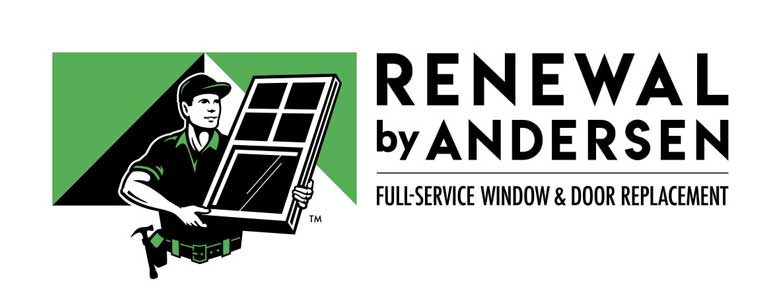Keeping the snow and ice at bay during below freezing temperatures is a major concern for much of the country. If you’re battling keeping the drive and sidewalk accessible against nature’s whims, you’ve probably done your fair share of salting.
Not all deicing salts are created equal, though. Before you spread your next layer, make sure you’re using the best option. Here are a few of your choices:
Rock Salt — Also called sodium chloride, this is the most popular of all deicing salts. It’s cheap, you can get it anywhere and it doesn’t damage concrete. Use caution, however. Rock salt can be hazardous for pets, children, metal and the environment. It also won’t do you much good if you’re dealing with temperatures below 15 degrees Fahrenheit.
Calcium Chloride — If you need a salt compound in colder climates, calcium chloride may be your solution. It melts ice down to -25 degrees Fahrenheit, and it’s not particularly harmful to plant life. It can be irritating to the skin, however, and it does come at a premium price. You won’t want to apply it to concrete, as it can be corrosive to these surfaces.
Pet Safe Salt — Several manufacturers offer a salt alternative that is safe for pets and children. It eliminates hazards for animals’ paws and digestive tracts and won’t irritate sensitive skin. Your miles may vary, though, and you can expect to pay a bit more for these types of solutions.
Potassium Chloride — This salt compound is commonly found in fertilizer products, so it can work wonders for your lawn once everything thaws. Like rock salt, it doesn’t work well below 15 degrees Fahrenheit, but it is safe for skin contact.
Before you make a random purchase for your deicing project, take a moment to consider the implications of using specific compounds. If there are pets or children in your neighborhood, it might be worth the extra expense to go for a product formulated for their safety. Whichever salt you choose, always try to clear away old snow, salt and slush before applying a fresh layer.
Image: naturesdawn








